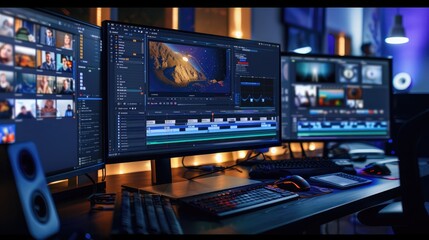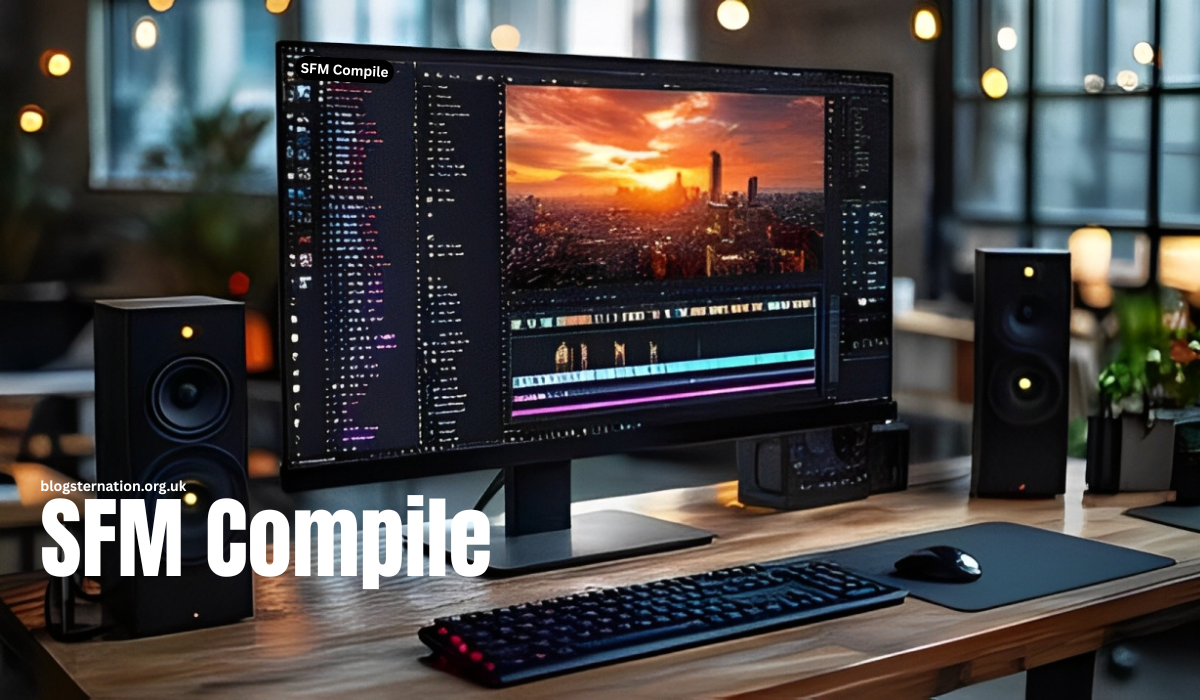Learn Everything About SFM Compile A Simple Guide
Learn how to render videos and SFM Compile models in Source Filmmaker (SFM). This guide covers easy steps, best settings, useful tools, and tips to fix common errors for smooth animation.
Introduction
Source Filmmaker (SFM) is a powerful tool for making 3D animations using Valve’s Source Engine. To turn your animation into a video or prepare custom models, you need to go through SFM Compile. Many people struggle with this process because of errors, long rendering times, or confusing settings. In this guide, you’ll learn everything about SFM Compile in an easy way. By the end, you’ll know how to render animations and compile models without problems.
What is SFM Compile?
SFM Compile means two things: rendering and model compilation. Rendering is when you turn your animation into a video. Model compilation is when you prepare 3D models so SFM can use them. Both are important for making high-quality animations. If you want your scenes to look good and work properly, you need to understand how SFM Compile works. Learning this process will help you avoid crashes, errors, and missing textures.
The Basics of Rendering in SFM
Rendering makes your animation look smooth and detailed. When you create a scene in SFM, everything runs in real-time, which is not the best quality. Rendering adds lighting, shadows, and effects to improve the final look. Higher settings make the video look better, but they also take more time. You need to find a balance between quality and speed. Picking the right settings helps your animation look professional without long wait times.

Why is SFM Compile Important?
If you don’t compile your assets properly, SFM can crash or show missing textures. Compiling makes sure your models and animations work correctly. It also makes it easier to share your models with others. If you want to use custom models or maps, you need to compile them first. This is important for animators, game modders, and content creators. Learning how to compile correctly will save time and prevent problems.
How to Render a Video in SFM
To render a video in SFM, first finish your animation. Then, click File > Export > Movie to open the settings. Choose a resolution like 1080p or 4K and a frame rate like 30 or 60 FPS. Pick a format such as MP4 or AVI. Adjust the quality settings based on what your computer can handle. Click Export and wait for the render to finish. The more effects and lighting you have, the longer it will take.
Essential Tools for SFM Compile
You need the right tools to compile models and textures for SFM. Crowbar is used to compile models, while VTFEdit converts textures. Blender helps with 3D modeling, and Hammer Editor is for custom maps. QC files contain important instructions for models. Learning how to use these tools will make it easier to import custom assets into SFM. Using the right software will help you work faster and avoid errors.
How to Compile Models for SFM
To compile a model, you need an SMD or DMX file. Use Crowbar to compile it into an SFM-ready format. Create a QC file with model instructions. Use Crowbar or another Source Engine tool to compile the model. Move the final MDL file into your SFM models folder. If your model doesn’t appear in SFM, check the QC file and make sure all textures are in the right place. Following these steps will help you compile models correctly.

Common SFM Compile Errors and Fixes
Sometimes, you might see missing textures, broken animations, or crashes when compiling. Most of the time, these problems come from incorrect QC file settings or missing textures. If something isn’t working, double-check your QC file and make sure all required textures are in the right folder. Also, check that your export settings match what SFM needs. Fixing errors can be frustrating, but understanding common problems makes troubleshooting easier.
Tips for Optimizing SFM Compile
To make SFM run smoothly, keep your assets optimized. Reduce file sizes, simplify models, and compress textures to speed up load times. Large files can slow down rendering and cause crashes. Use clear file names and organize your folders to make everything easier to find. Always test your compiled assets in SFM to make sure they work. Following these tips will save time and help you create better animations.
Best Export Settings for SFM Compile
For high-quality videos, use 1080p or higher resolution and 30 or 60 FPS for smooth motion. Turn on anti-aliasing and motion blur for better visuals. Export in MP4 for a smaller file or PNG sequence for the best quality. Choosing the right export settings helps you create professional-looking animations while keeping file sizes manageable.
Conclusion
Learning how to use SFM Compile is important for creating great animations and custom models. If you understand rendering and model compilation, you can avoid errors and improve your workflow. By using the right tools, settings, and troubleshooting methods, you’ll be able to create high-quality projects in Source Filmmaker without problems. Follow these tips, and you’ll get the best results in no time!
Read Also: TheSmallBusinessTimes Entrepreneurs Small Business Owners







